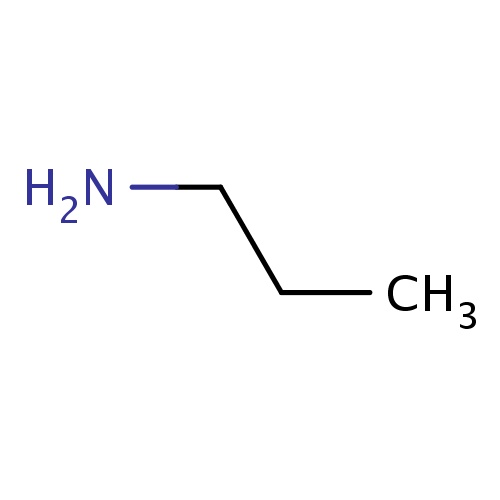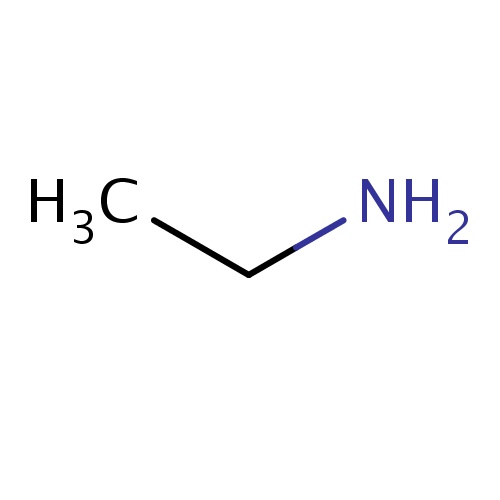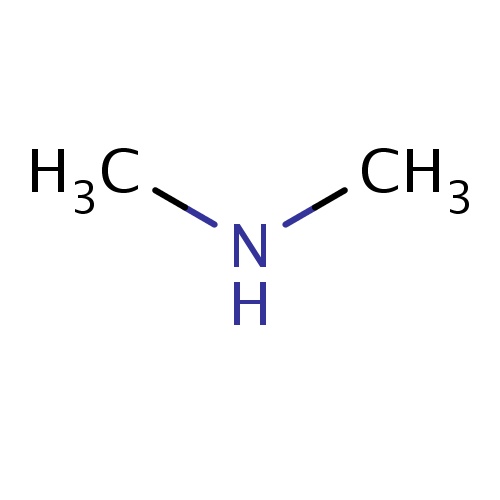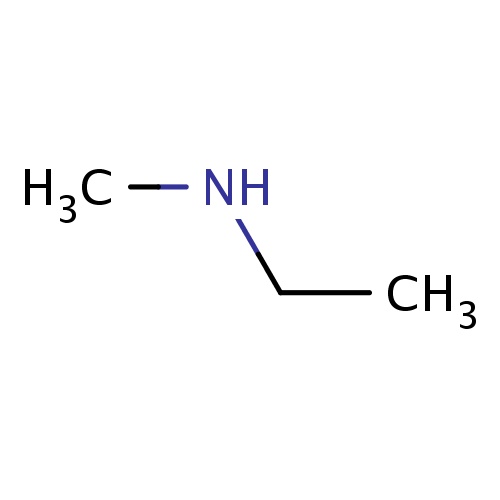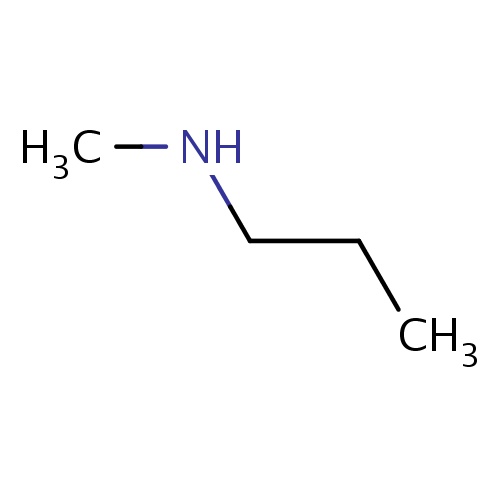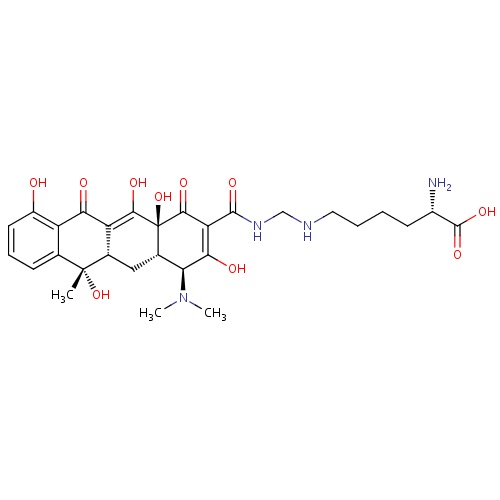
IUPAC name
(2S)-6-[({[(4S,4aS,5aS,6S,12aS)-4-(dimethylamino)-3,6,10,12,12a-pentahydroxy-6-methyl-1,11-dioxo-1,4,4a,5,5a,6,11,12a-octahydrotetracen-2-yl]formamido}methyl)amino]-2-aminohexanoic acid
SMILES
[H][C@@]12C[C@@]3([H])C(C(=O)C4=C(O)C=CC=C4[C@@]3(C)O)=C(O)[C@]1(O)C(=O)C(C(=O)NCNCCCC[C@H](N)C(O)=O)=C(O)[C@H]2N(C)C
Compound class
Anti-Bacterial Agents; Antiprotozoal Agents; Tetracyclines; Antibacterials for Systemic Use; Antiinfectives for Systemic Use;
Therapeutic area
For the treatment of infections and to treat acne. It may also be used to treat urinary tract infections, gum disease, and other bacterial infections such as gonorrhea and chlamydia. Lymecycline is also used commonly as a prophylactic treatment for infection by .
Common name
Lymecycline
IUPAC name
(2S)-6-[({[(4S,4aS,5aS,6S,12aS)-4-(dimethylamino)-3,6,10,12,12a-pentahydroxy-6-methyl-1,11-dioxo-1,4,4a,5,5a,6,11,12a-octahydrotetracen-2-yl]formamido}methyl)amino]-2-aminohexanoic acid
SMILES
[H][C@@]12C[C@@]3([H])C(C(=O)C4=C(O)C=CC=C4[C@@]3(C)O)=C(O)[C@]1(O)C(=O)C(C(=O)NCNCCCC[C@H](N)C(O)=O)=C(O)[C@H]2N(C)C
INCHI
InChI=1S/C29H38N4O10/c1-28(42)13-7-6-9-17(34)18(13)22(35)19-14(28)11-15-21(33(2)3)23(36)20(25(38)29(15,43)24(19)37)26(39)32-12-31-10-5-4-8-16(30)27(40)41/h6-7,9,14-16,21,31,34,36-37,42-43H,4-5,8,10-12,30H2,1-3H3,(H,32,39)(H,40,41)/t14-,15-,16-,21-,28+,29-/m0/s1
FORMULA
C29H38N4O10

Common name
Lymecycline
IUPAC name
(2S)-6-[({[(4S,4aS,5aS,6S,12aS)-4-(dimethylamino)-3,6,10,12,12a-pentahydroxy-6-methyl-1,11-dioxo-1,4,4a,5,5a,6,11,12a-octahydrotetracen-2-yl]formamido}methyl)amino]-2-aminohexanoic acid
Molecular weight
602.633
clogP
-0.448
clogS
-2.732
HBond Acceptor
11
HBond Donor
10
Total Polar Surface Area
242.98
Number of Rings
4
Rotatable Bond
10

